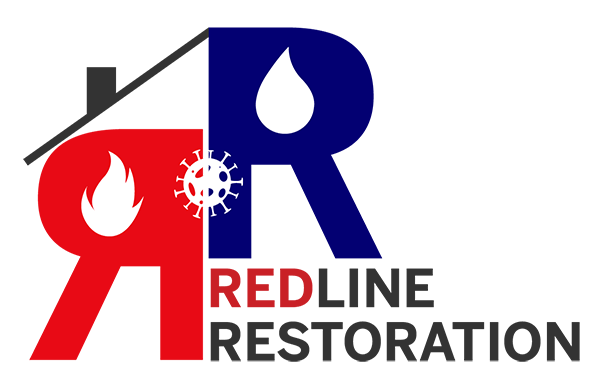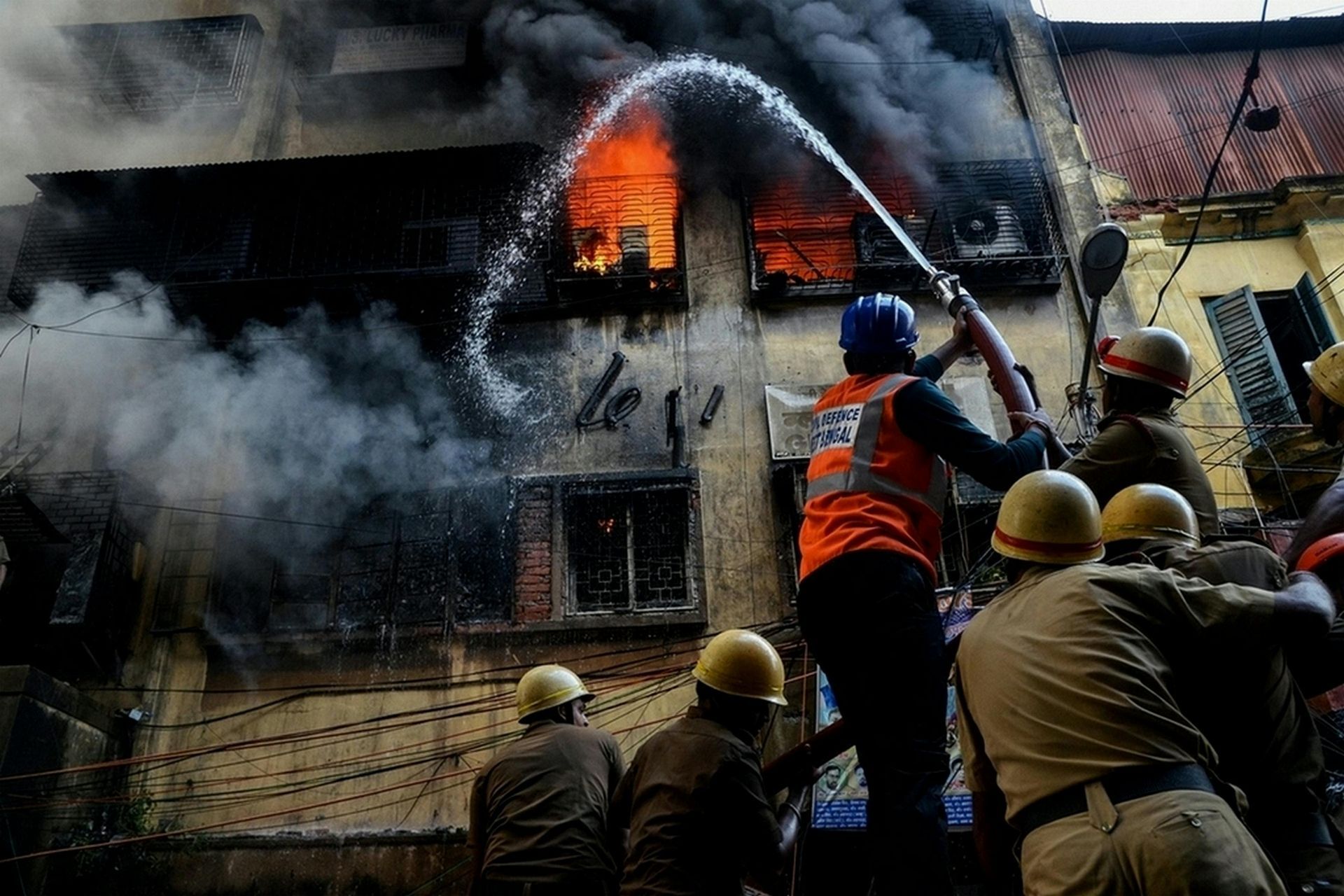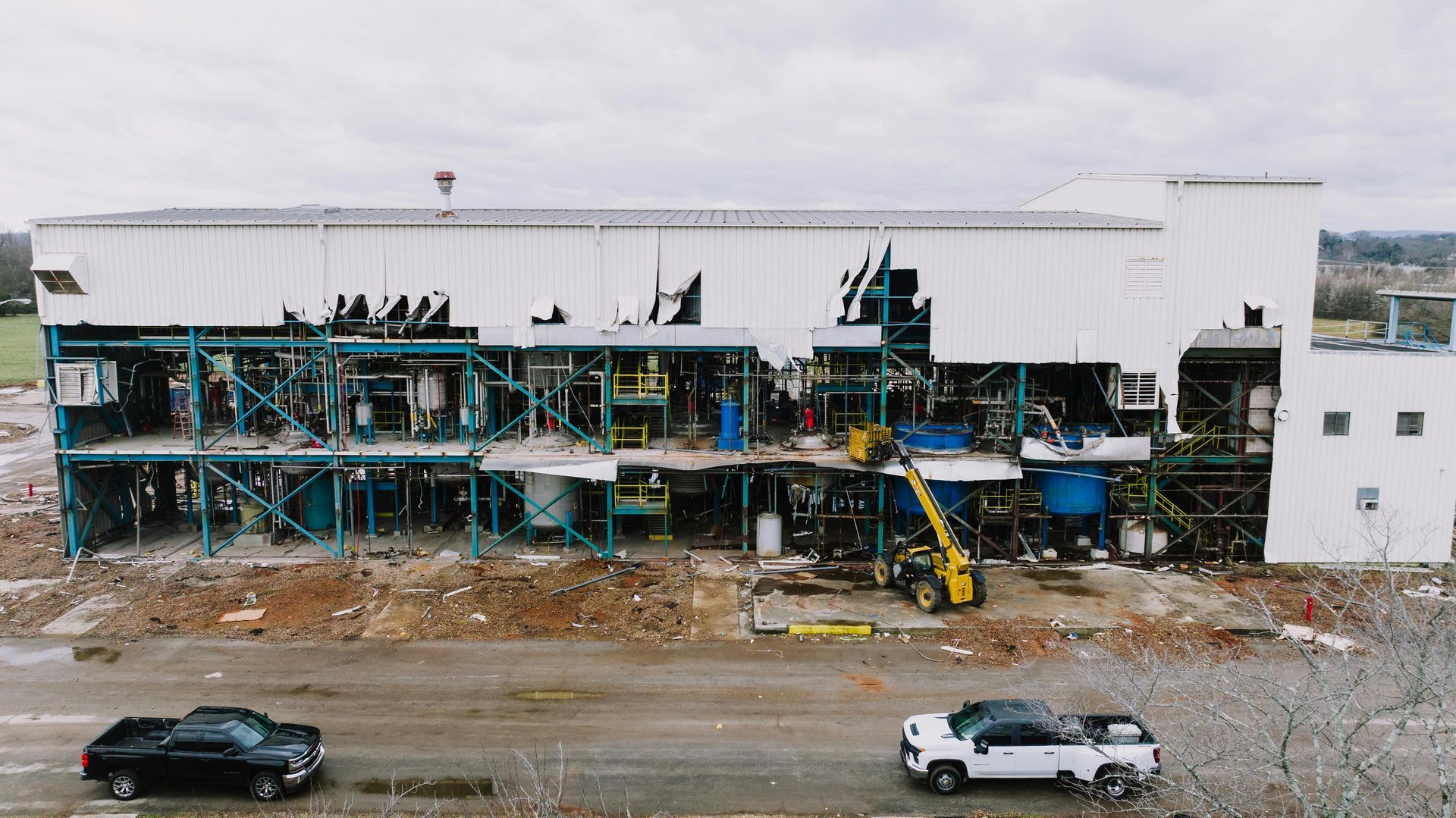Water Damage on Ceilings: What’s Really Going On (and How to Fix It Before Things Get Ugly)
Okay, let’s talk about something not-so-glamorous but super important: water damage on ceilings. You know that dreaded moment when you look up and spot a weird brown stain or a saggy patch on your ceiling? Yeah… not exactly the home décor you were going for.
Living in Fort Myers and South Florida means sunshine and beaches, sure, but it also means wild storms, hurricane season, and the occasional “surprise” plumbing leak. And when water makes its way into your ceiling, it’s basically like giving your house a bad hair day that won’t go away until you deal with it.
So, what actually causes this mess? Let’s break it down in plain English.
Why Do Ceilings Get Water Damage?
List of Services
-
Roof Leaks (a classic villain)List Item 1
South Florida storms can be brutal. One missing shingle, a cracked tile, or a tiny gap in the roof, and boom! Rainwater sneaks in. Next thing you know, your ceiling has stains bigger than your coffee mug collection.
Pro tip: Get your roof checked regularly. Catching issues early is way cheaper (and less stressful) than waiting until your ceiling caves in.
-
Plumbing Leaks (aka sneaky drip-drip disasters)List Item 2
Got pipes running above your ceiling? Even a little leak from a bathroom upstairs or a busted pipe can slowly stain your ceiling until it looks like abstract art gone wrong.
Pro tip: Pay attention to weird sounds, low water pressure, or higher bills. Leaks love to hide until they’ve already done damage.
-
Condensation (hello, humidity!)List Item 3
Let’s be real: South Florida air is basically 70% water on a good day. Without good ventilation, all that moisture builds up and creates sneaky damp spots in your ceiling.
Pro tip: Dehumidifiers and proper airflow are your BFFs here. Think of it as giving your house a breath of fresh air.
-
Storm and Flood Damage (the big one)List Item 4
When hurricanes or heavy storms roll through, water doesn’t exactly knock on the door politely, it barges in. Flooding and wind-driven rain can destroy ceilings in no time.
Pro tip: After a storm, don’t just dry off yourself. Check your ceiling and call in water damage restoration in Fort Myers if you notice anything funky.
Signs Your Ceiling’s in Trouble
So how do you know if you’ve got ceiling water damage? Here are the red flags:
List of Services
-
Brown or yellow stainsList Item 1
(kind of like a bad coffee spill on your ceiling)
-
Sagging or bubbling paintList Item 2
(moisture is trapped behind there)
-
Peeling paint or wallpaperList Item 3
near the top of walls
-
Mold spots or musty smellsList Item 4
(gross and unhealthy)
-
Actual drips of water
(yeah, if you’ve gotten to this point, it’s urgent)
Why You Can’t Just Ignore It
Here’s the thing: ceiling water damage doesn’t fix itself. If you let it sit, you risk:
- Structural damage – ceilings can get weak enough to collapse.
- Mold growth – and in South Florida’s humidity, mold throws a party fast.
- Electrical hazards – water + wires = not exactly a safe combo.
How to Handle Ceiling Water Damage (Without Losing Your Cool)
- Find the source. Roof? Plumbing? Condensation? Flooding? Figure out where the water’s coming from.
- Stop the water flow. Turn off water, tarp the roof, whatever it takes.
- Dry it out. Fans, dehumidifiers, or professional water removal in Fort Myers will do the trick.
- Check for mold. Don’t mess around here, call a pro if you see or smell it.
- Repair the ceiling. Depending on the damage, you might just repaint… or you might need whole sections replaced.
How to Prevent Ceiling Water Damage
- Schedule roof inspections (especially after storms).
- Stay on top of plumbing maintenance.
- Use dehumidifiers and keep your home ventilated.
- Call in help right after storm damage, waiting only makes it worse.
Why Call the Pros (aka us at Redline Restoration)
Sure, you could try DIY. But when it comes to water damage restoration in Fort Myers, we’ve got the tools, the crew, and the “seen-it-all” experience to handle everything:
- Fast water removal before it spreads
- Complete drying with professional equipment
- Mold remediation so your ceiling doesn’t become a science experiment
- Structural repairs to make your ceiling look good as new
The Bottom Line
Ceiling water damage might look like “just a little stain,” but trust me, it’s never just a little stain. If you’re in Fort Myers or South Florida, where storms and humidity love to mess with us, staying ahead of it is key.
So if you’ve spotted signs of water damage on ceilings, don’t wait until things get ugly. Call Redline Restoration for 24/7 emergency help, free estimates, and fast service that saves you money (and stress) down the line.
Stay dry, stay safe, and let’s keep those ceilings looking cute instead of chaotic.



